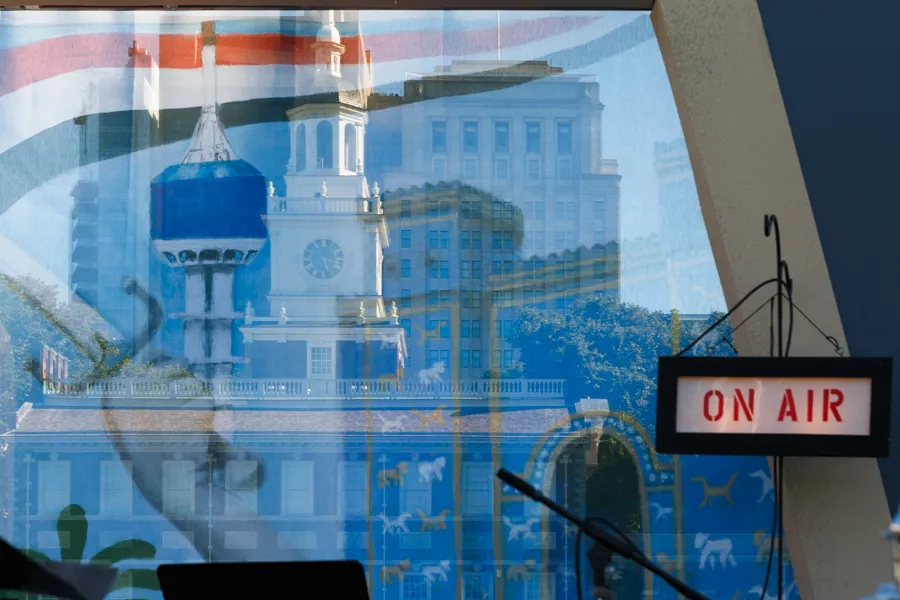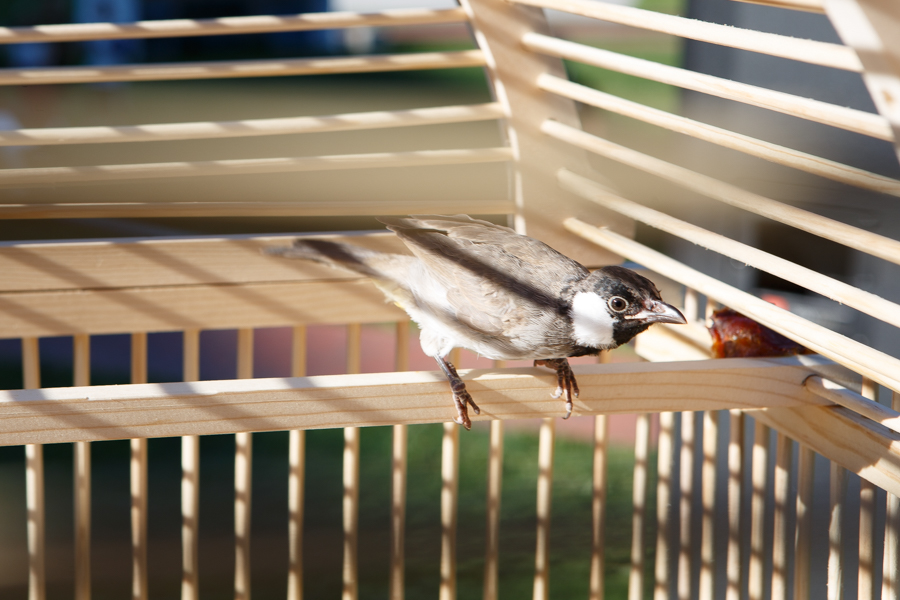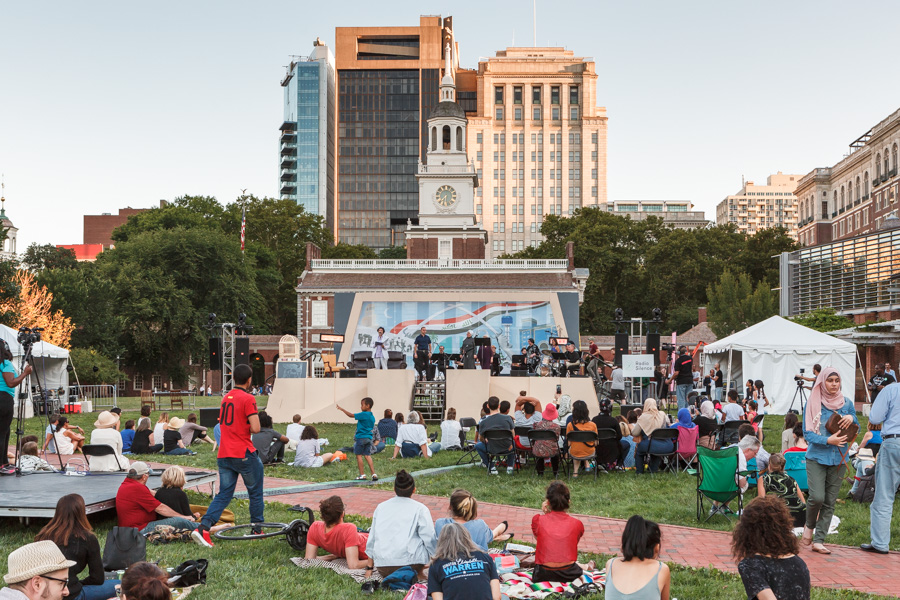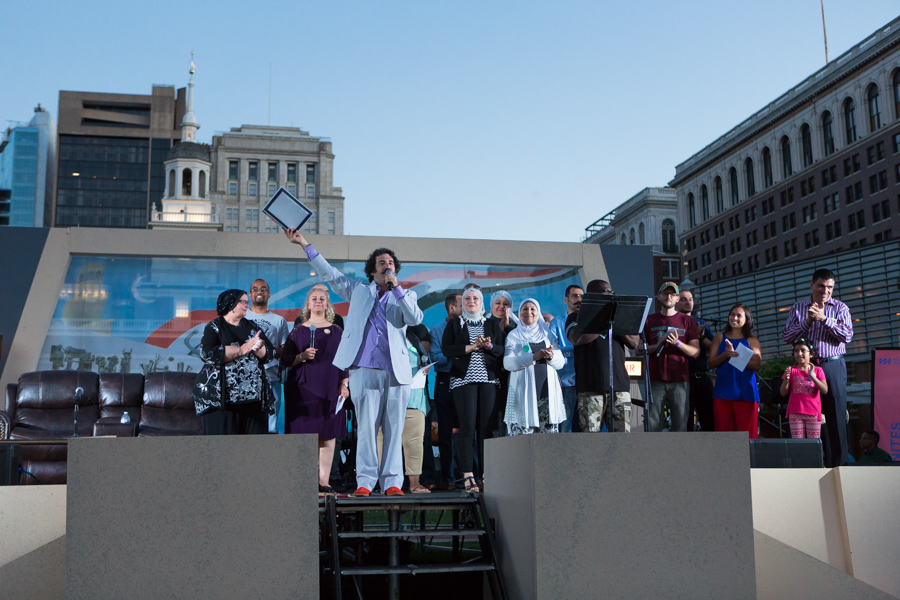Rewind to Radio Silence

On a warm, breezy July evening, we gathered at Independence Mall for the first public event in a long-running project that, until that night, had materialized in quiet, private conversations over tea and donuts and dolma: a one-night-only stage broadcast of Radio Silence, conceived by artist Michael Rakowitz, curated by Elizabeth Thomas, and inspired by the Iraqi diaspora and the late Iraqi broadcaster Bahjat Abdulwahed. None of the cast members were experienced performers, except perhaps Hayfaa Ibrahem Abdulqader, Bahjat’s wife, who had also been a broadcaster in 1960s Baghdad. Instead, the stage was full of artists and activists, members of the Iraqi refugee community and Iraq War veterans addressing trauma and invoking resilience.



The show began with the chirping of the bulbul, the traditional start to Iraqi radio, followed by the singing of a Koranic verse, its haunting melody matching the ghostly nature of the show. Radio Silence reverberated with Iraq, from the semi-sheer stage backdrop to the architectural depiction of the Ziggurat of Ur to the reminder that Philadelphia, like Iraq, is also a land between two rivers. Recordings of Bahjat’s voice played throughout the performance, and the stage, set up like a living room, echoed the single recording session that Rakowitz was able to capture before Bahjat’s death in 2016.



Radio Silence wove between past and present, imagination and reality, humor and sadness. Rakowitz interviewed both Hayfaa and a bulbul—named Bahjat!—and veterans read monologues, poetry, and letters. Children ran around the stage waving fans printed with images of Bahjat and Hayfaa. A chorus line of refugees and veterans did a kibbeh-making dance, and one woman recounted her experience of fleeing the Iraqi Bath regime to Syria, and then again fleeing this adopted homeland several years later. An interstitial bit introduced the crowd to Dolphin Man, a brand-new superhero who saves refugees lost at sea. The night ended with a shared meal, catered by Amasi Restaurant, the only Iraqi restaurant in Philadelphia.



Heartfelt and informal, Radio Silence opened up a space for conversation about Iraq in the larger public view, a conversation that necessarily started with the people who have lost the most in the course of its devastation. Much of the core of this project happened before the show, but the public-facing aspect of Radio Silence asks us to consider how we, too, are involved. Why expose the workings of such a personal undertaking? Because we are all connected to the story of Iraq. We need to listen to our own silences, our own omissions. If it is possible to bring some version of Iraq to life through the soundscape of Radio Silence, then it is our responsibility to listen.

Radio Silence will continue with a multi-episode podcast this fall, available through Public Radio Exchange (PRX). The July 30 performance was simulcast via PhillyCAM, and is still online for viewing.
Major support for Radio Silence has been provided by The Pew Center for Arts & Heritage, with additional support from The National Endowment for the Arts, and the Hummingbird Foundation. Project collaborators and partners include a host of agencies and nonprofits that work on refugee and veteran issues, as well as independent community-driven media nonprofits.